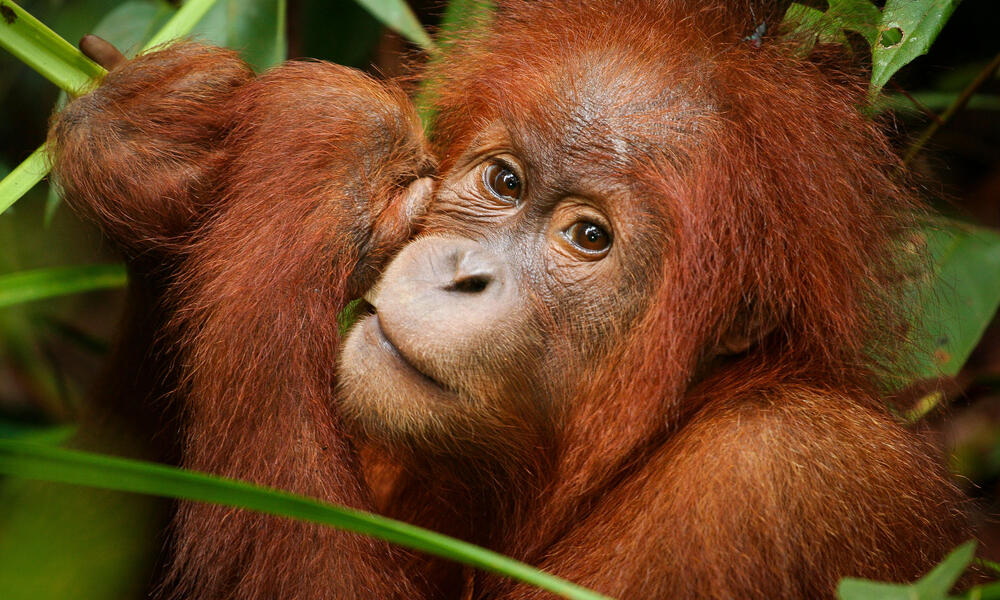How We Got Here
IIn 1995, WWF worked with other conservation groups to create Bukit Tigapuluh National Park, the core of the 30 Hills landscape. We then sought to have the protected area expanded to its originally intended size, encompassing several hundred thousand acres that surround it.
Some of the world’s most critically endangered species, as well as the indigenous forest-dwelling Orang Rimba and Talang Mamak tribes, were getting squeezed into ever-shrinking islands of forests in a sea of palm oil and pulp and paper plantations.
By the first decade of the 21st century, Sumatra had lost over half its forests. It was a crisis.
There was no other recourse but to consider bold new options.
By 2010, WWF and conservation partners embarked on a little-trod path in Indonesia, applying to manage part of the forest outside the national park ourselves as a forest concession. A critical step would be working with the Indonesian government to rezone the forest as Ecosystem Restoration Concessions, which would allow the forests to be managed for their long-term value, not short-term gain.
WWF's local team set out to cultivate a broad base of support in Indonesia including the former president, local political leaders, the provincial governor, communities and indigenous people. These efforts were supported by the Leonardo DiCaprio Foundation. The actor and WWF-US board member championed the cause and helped bring attention to the need to save Thirty Hills.


